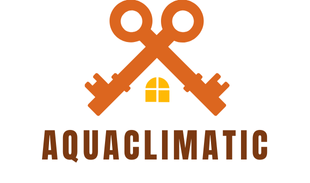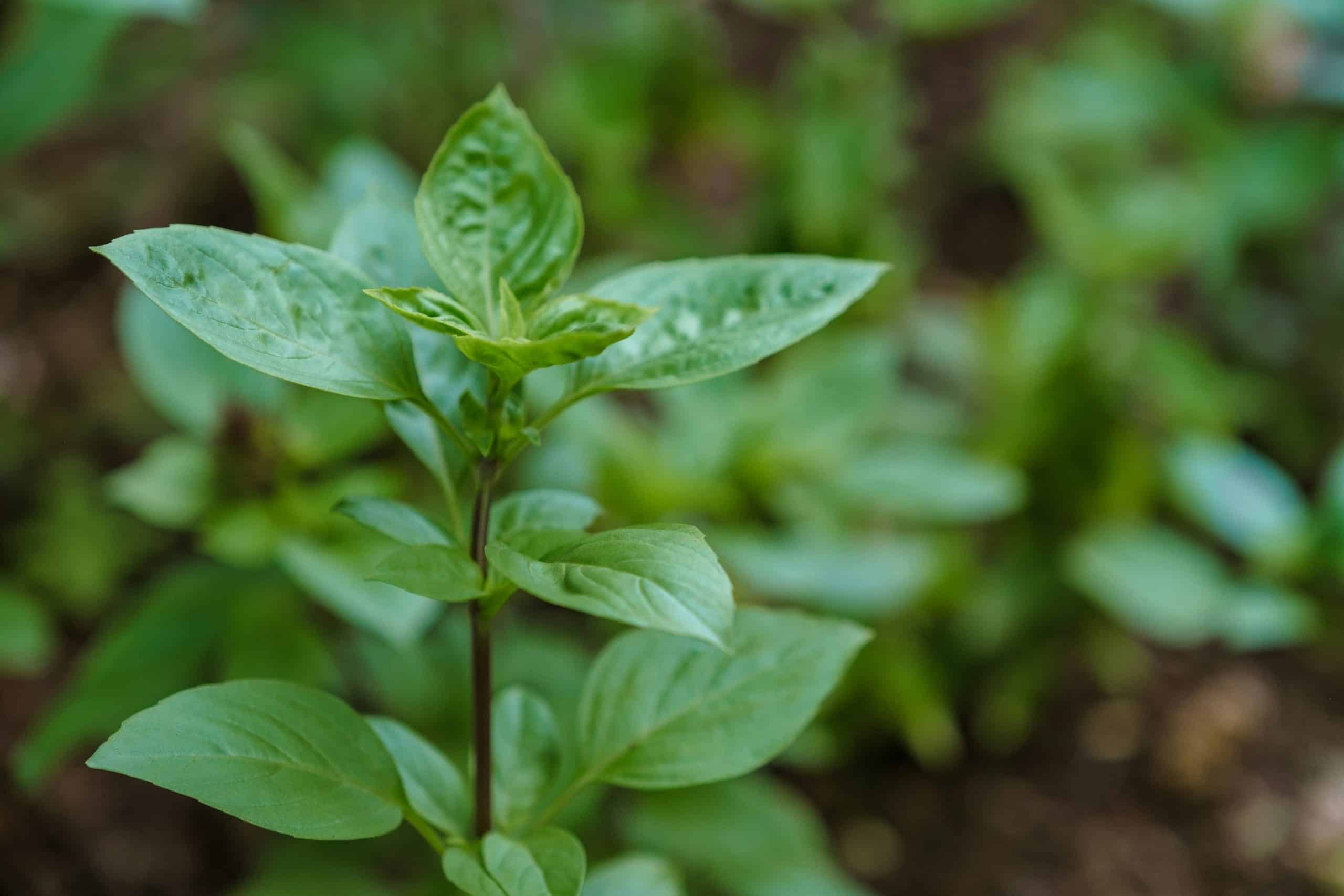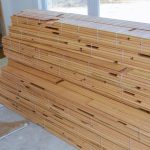As you consider embarking on a renovation project for your Edwardian terraced house, the kitchen is undeniably a crucial area of focus. More than just a place to cook and eat, the kitchen is the heart of the home, a space where memories are made, and where friends and family gather. The challenge, however, lies in breathing new life into this vital living space while respecting the rich history that permeates these homes and upholding modern, eco-friendly principles. This article will delve into how you can achieve an eco-friendly kitchen remodel in a UK Edwardian terraced house, considering critical factors such as design, space, energy, materials, and cost.
Consider the Design
The design phase is the first and arguably the most critical phase of your kitchen remodel project. During this stage, you will need to blend the charming architectural features of the Edwardian style with modern, eco-friendly elements. Here you have the opportunity to select energy-efficient appliances, materials that are sustainable, and a layout that maximises natural light – a critical aspect of an eco-friendly remodel.
Dans le meme genre : Maximizing Storage in Your UK Tiny House: Creative Ways to Utilize Vertical Space
Edwardian homes are known for their intricate latticework, broad porches, and overhanging eaves. When redesigning the kitchen, you can maintain these features while incorporating elements such as eco-friendly kitchen appliances, recycled or reclaimed materials, and LED lighting.
Maximise the Space
Space is a defining characteristic of Edwardian terraced homes, with most having long, narrow layouts. In your kitchen remodel, it’s essential to make the most of this space, ensuring that it is both functional and eco-friendly.
Avez-vous vu cela : Mastering Waste Management in Your UK Zero-Waste Home: Tips and Strategies for Sustainable Living
Space utilisation in a kitchen remodel goes beyond just the placement of kitchen units and appliances. It also involves creating storage solutions that maximise the available space without making the kitchen feel cramped. Moreover, it would be best if you also think about how to enhance natural light and ventilation, which can significantly reduce the house’s energy use.
Incorporating elements such as skylights, open shelving, and clever storage solutions can go a long way in achieving this. Additionally, you can consider building an extension if your budget allows it, providing an opportunity for a more spacious, light-filled, and energy-efficient kitchen.
Choose Eco-Friendly Materials
As you build your dream kitchen, the materials you choose will significantly impact the project’s eco-friendliness. From the countertops to the flooring and the cabinets, aim to use materials that are sustainable, durable, and require less energy to produce.
A host of eco-friendly materials are suitable for kitchen remodels. For instance, bamboo is a renewable resource that can be used for flooring and cabinetry. Recycled glass and concrete make unique, sustainable countertops, while reclaimed wood can add a touch of rustic charm.
Energy-Efficient Appliances
The appliances you choose for your kitchen remodel can significantly impact your home’s energy consumption. Opt for energy-efficient appliances that carry the Energy Star label. These appliances use less energy and water, reducing your utility bills and your home’s carbon footprint.
Budgeting and Cost
Undeniably, the cost is a significant factor in any renovation project. Eco-friendly remodels may require a higher initial outlay, but these costs are often offset by the long-term savings gained from reduced energy and water consumption.
When budgeting for your kitchen remodel, factor in the costs of eco-friendly materials and appliances. Additionally, consider potential expenses associated with building an extension or modifying the layout to enhance natural light and ventilation. However, always remember that an eco-friendly remodel is an investment in the future, promoting sustainable living and increasing your home’s value.
In conclusion, transforming your Edwardian terraced house’s kitchen into an eco-friendly space is a task that requires careful planning and consideration. It’s about striking a balance between preserving the home’s historical charm and ensuring it meets modern sustainability standards. With thoughtful design, clever use of space, sustainable materials, energy-efficient appliances, and careful budgeting, you can create a kitchen that’s not only functional and beautiful but also kind to the environment.
Adopt Water-Saving Measures
Water consumption is a significant aspect of environmental conservation, and your kitchen remodel presents an ideal opportunity to implement water-saving measures. Reducing water use not only contributes to a more sustainable planet, but it also lightens the load on your monthly utility bills, providing long-term cost savings.
Consider installing low-flow water fixtures such as faucets and dishwashers that bear the WaterSense label. These fixtures are designed to use less water than standard models without sacrificing performance or convenience. For instance, a WaterSense-labelled dishwasher uses less than 5.5 gallons per cycle, compared to the 10 gallons used by some older models.
Another effective water-saving measure is the use of water-efficient cooking appliances and techniques. A steam oven, for example, uses less water than traditional ovens and also retains more nutrients in the food. Moreover, methods such as steaming and pressure cooking can reduce water usage compared to boiling or baking.
Lastly, adopting mindful habits such as fixing leaks promptly, only running the dishwasher when full, and reusing water where appropriate can also contribute significantly to water conservation in your kitchen.
Embrace Technology
In the 21st century, technology can play a massive role in creating an eco-friendly kitchen. Smart home technology, in particular, offers numerous ways to reduce energy consumption, water usage, and food waste, making your kitchen not only more sustainable but also more efficient and convenient.
Smart appliances such as fridges, dishwashers, and ovens can optimize energy usage, often allowing you to control and monitor their functions from your smartphone. For instance, a smart refrigerator can alert you when you’re running low on certain items, helping to cut down on unnecessary shopping trips and food waste. Meanwhile, a smart oven can be programmed to cook food at specific times, ensuring that energy is only used when necessary.
Additionally, consider installing energy monitoring systems that provide real-time data on your home’s energy consumption. These systems can help identify energy-wasting habits and suggest more efficient usage patterns.
In conclusion, achieving an eco-friendly kitchen remodel in a UK Edwardian terraced house involves a blend of careful planning, thoughtful design, and smart technology use. By considering factors like design, space, energy, materials, cost, water conservation, and technology, you can transform your kitchen into a space that’s both environmentally friendly and rich with Edwardian charm. Remember, every eco-friendly choice you make not only contributes to a more sustainable planet but also increases the long-term value and efficiency of your home.











